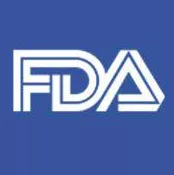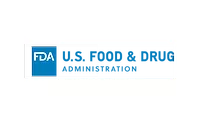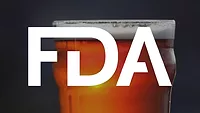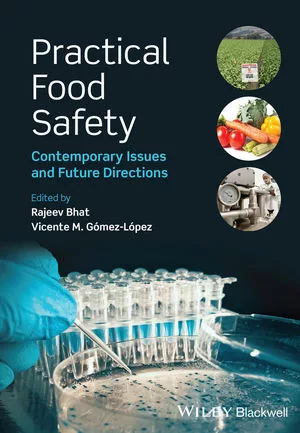FDA Issues Guidance Documents to Help Importers and Food Producers Meet FSMA Requirements

Yesterday, the U.S. Food and Drug Administration (FDA) issued five guidance documents to help importers and food producers meet key food safety provisions mandated by the FDA Food Safety Modernization Act (FSMA).
Two of these documents, a draft guidance and a Small Entity Compliance Guide (SECG), are meant to help industry meet the requirements of the Foreign Supplier Verification Programs (FSVP) regulation. The draft guidance provides FDA’s current thinking on how best to comply with the FSVP requirements. Importers are responsible for ensuring that their foreign suppliers use processes and procedures that provide at least the same level of public health protection as the preventive controls or produce safety regulations, if applicable, and to ensure that the suppliers’ food is not adulterated or misbranded with respect to allergen labeling. The SECG offers specific guidance to small businesses.
The third draft guidance addresses the term “same level of public health protection” that is used in both the FSVP regulation and the Produce Safety regulation. This draft guidance aims to provide a framework for determining the adequacy of a process, procedure, or other action intended to provide the same level of protection as those required under the FSMA regulations for produce and for human or animal food.
The fourth guidance is another chapter in the draft guidance that FDA has been issuing to help food processors and manufacturers comply with the regulation implementing FSMA’s requirements for hazard analysis and risk-based preventive controls for human food. This chapter is designed to help food facilities comply with the supply-chain program requirements of that regulation.
Together, these draft guidances and the SECG provide a foundation of support for importers and food producers working to ensure that their suppliers are in compliance with the applicable food safety standards.
In addition, FDA also issued a guidance announcing the agency’s intention to exercise enforcement discretion with regard to the application of the FSVP regulation to certain importers of grains brought into the United States as raw agricultural commodities (RACs). This enforcement discretion is meant to better align the FSVP rule with the exemption for non-produce RACs under the PC rules.
Sign up for Food Safety Magazine’s bi-weekly emails!
Subscribe to our podcast: Food Safety Matters!
Looking for quick answers on food safety topics?
Try Ask FSM, our new smart AI search tool.
Ask FSM →








